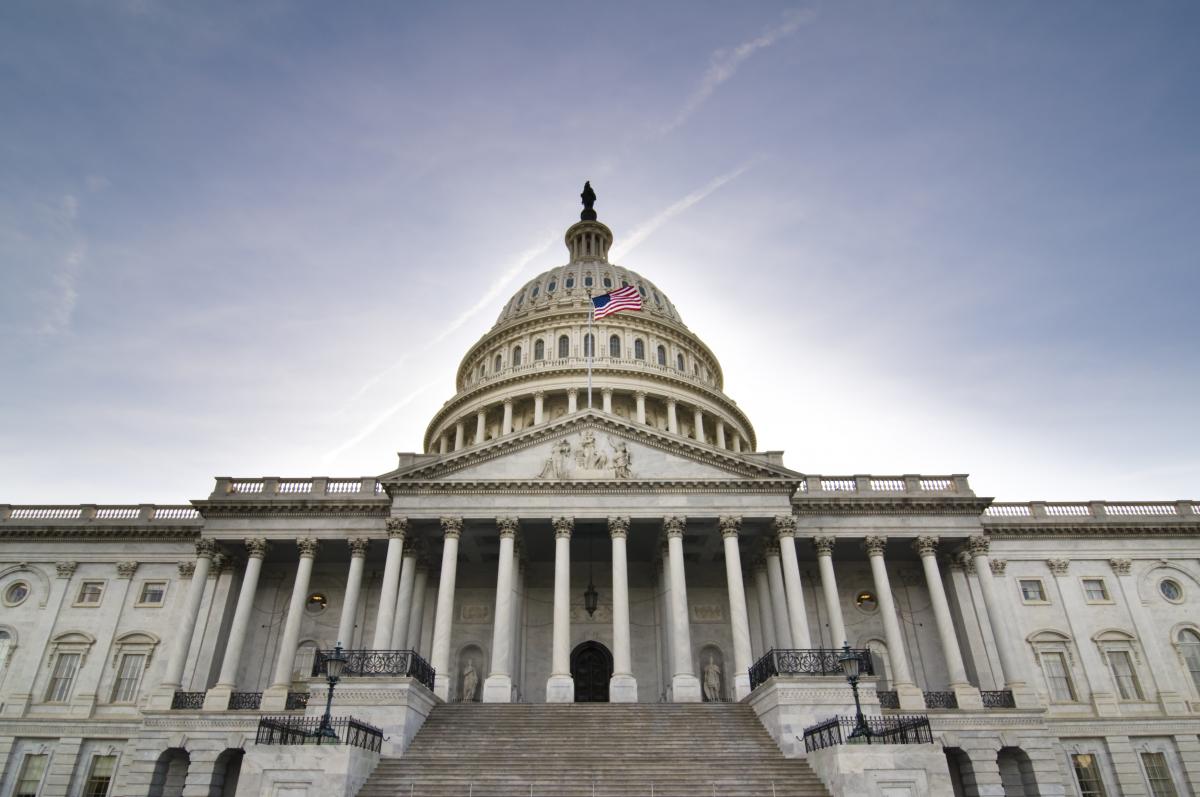 Noting that it would add trillions of dollars in retirement savings and would help close the coverage gap, the American Retirement Association has offered its support for the retirement provisions contained in the Build Back Better Act, set to be considered by the House Ways and Means Committee.
Noting that it would add trillions of dollars in retirement savings and would help close the coverage gap, the American Retirement Association has offered its support for the retirement provisions contained in the Build Back Better Act, set to be considered by the House Ways and Means Committee.
“The Build Back Better Act addresses the two biggest challenges in the retirement savings policy space—closing the retirement coverage gap and directly contributing to and incentivizing the retirement savings of moderate-income workers. The results will be extraordinary,” writes Brian H. Graff, ARA Executive Director and CEO, in a Sept. 7 letter to Rep. Richard Neal (D-MA), the Chairman of the Committee.
Citing estimates by Judy Xanthopoulos of Quantria Strategies and the Employee Benefit Research Institute, the ARA emphasizes that enactment of the retirement subtitle of the Build Back Better Act would create 62 million new retirement savers and would add an additional $7 trillion in retirement savings over a 10-year period. What’s more, nearly all—98%—of these 62 million new savers earn less than $100,000 per year, the letter notes.
Addressing Racial Disparities
The ARA further emphasizes that expanding coverage with automatic enrollment is key to addressing racial inequities in retirement savings, noting that a majority of black and Hispanic families do not have any retirement account savings. Citing data by the Economic Policy Institute, the letter notes that 56% of black families and 67% of Hispanic families have zero retirement savings assets, compared with only 35% of white families.
“Data shows that when moderate income workers are automatically enrolled in a workplace retirement plan there is no racial disparity in retirement savings participation, with black, Hispanic and white Americans all at about an 80% participation rate,” the letter states, pointing to an earlier Ariel/Aon Hewitt study.
Closing the Coverage Gap
One of the key provisions of the retirement subtitle is to require businesses with five or more employees to provide access to some type of retirement plan to their employees, with the minimum standard plan automatically enrolling eligible employees at 6% of pay.
“The ARA believes this bill will significantly close the current retirement plan coverage gap while imposing practically no burden on employers,” the letter contends. For instance, the bill includes a tax credit for small employers wishing to adopt a more robust retirement plan that covers 100% of the startup costs of the plan up to $5,000 for the first five years. Moreover, the bill adds a new $500 tax credit for employers who wish to adopt the minimum standard plan for the first four years.
“This approach properly aligns both the employer incentives and requirements in the tax code and leverages existing private sector solutions in the marketplace instead of causing a massive disruption by replacing the entire existing retirement plan system with a government run program,” the ARA’s Graff states.
Saver’s Match
Another critical component is a provision to supplement the retirement savings of moderate-income workers through a Saver’s Match. Here, the legislation expands and enhances the existing Saver’s Credit by turning it from a tax credit of which only some can take advantage into a government matching contribution of up to $500 a year for workers who save in a retirement account. The bill also enhances and simplifies the new Saver’s Match to make the full 50% match available to individuals earning up to $25,000 and families earning up to $50,000.
“With the increased income thresholds under this legislation, tens of millions of additional American workers would now be eligible for the new Saver’s Match incentive for retirement savings, including gig workers as well as government workers—like public school teachers—many of whom are not eligible for matching contributions,” the ARA emphasizes.
The Schedule
The Committee will begin consideration of five legislative subtitles under the budget reconciliation process on Thursday, Sept. 9 and Friday, Sept. 10, 2021, beginning at 10:00 a.m. on both days. For more details on the Subtitle B retirement provisions, click here.
Both the House Ways and Means Committee and the Senate Finance Committee have nonbinding Sept. 15 deadlines to report legislation to the House and Senate budget committees based on the recommendations included in the $3.5 trillion fiscal year 2022 budget outline. The budget committees will then assemble the respective legislative packages from the various committees. Democratic leaders in the House hope to have the reconciliation package ready for floor action by the end of September, allowing both the Senate-passed infrastructure bill and the budget reconciliation bill to be considered around the same time.

